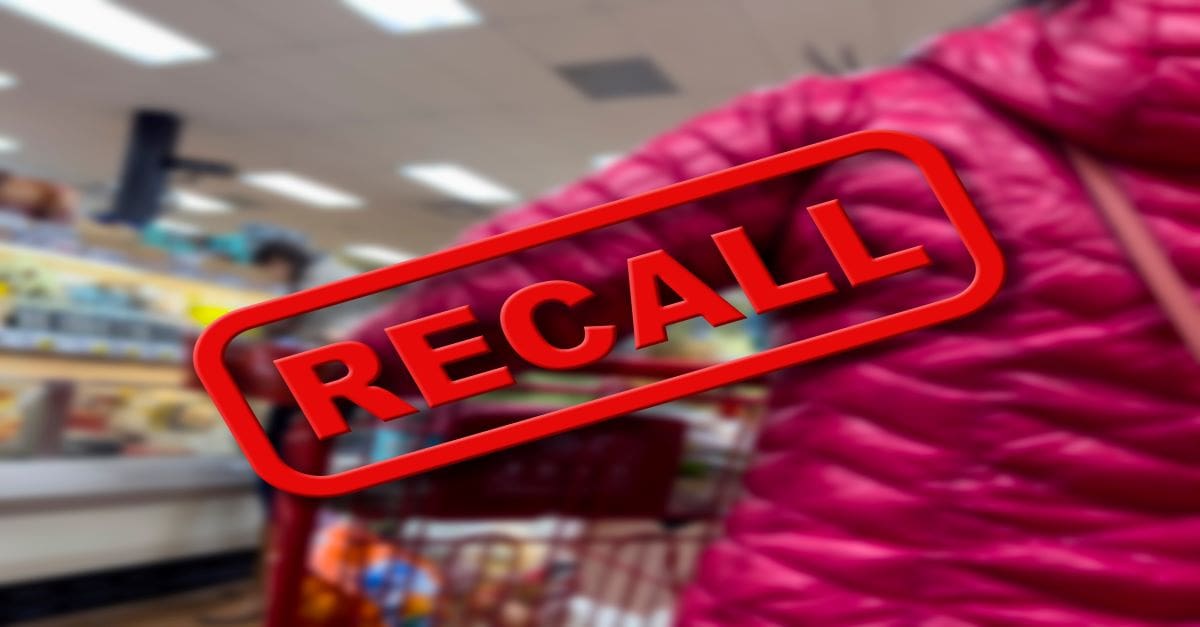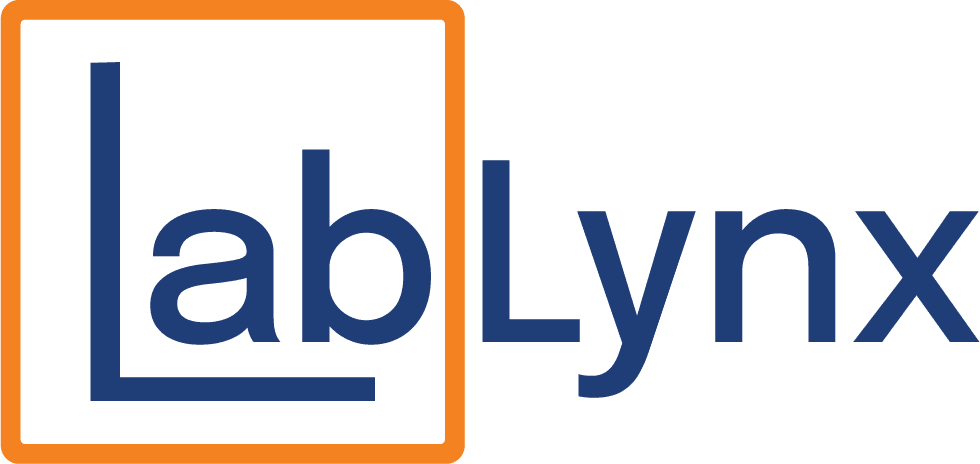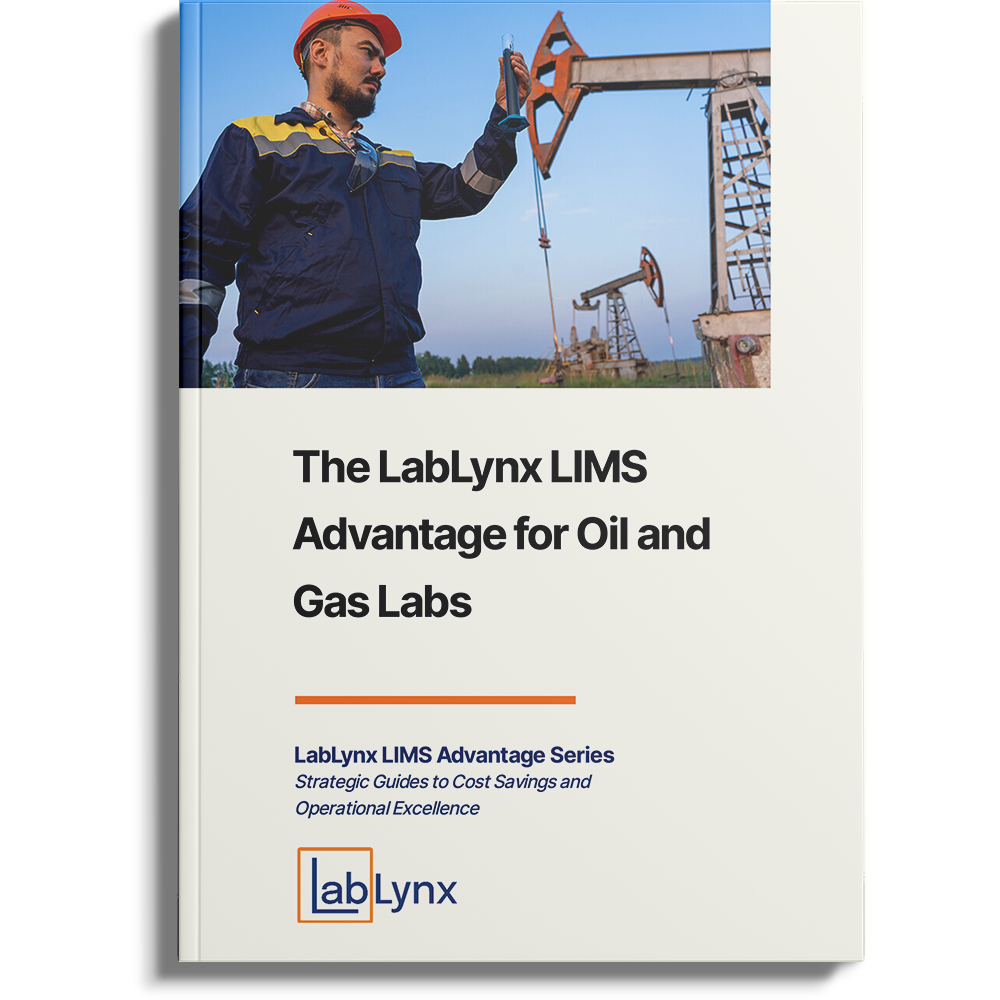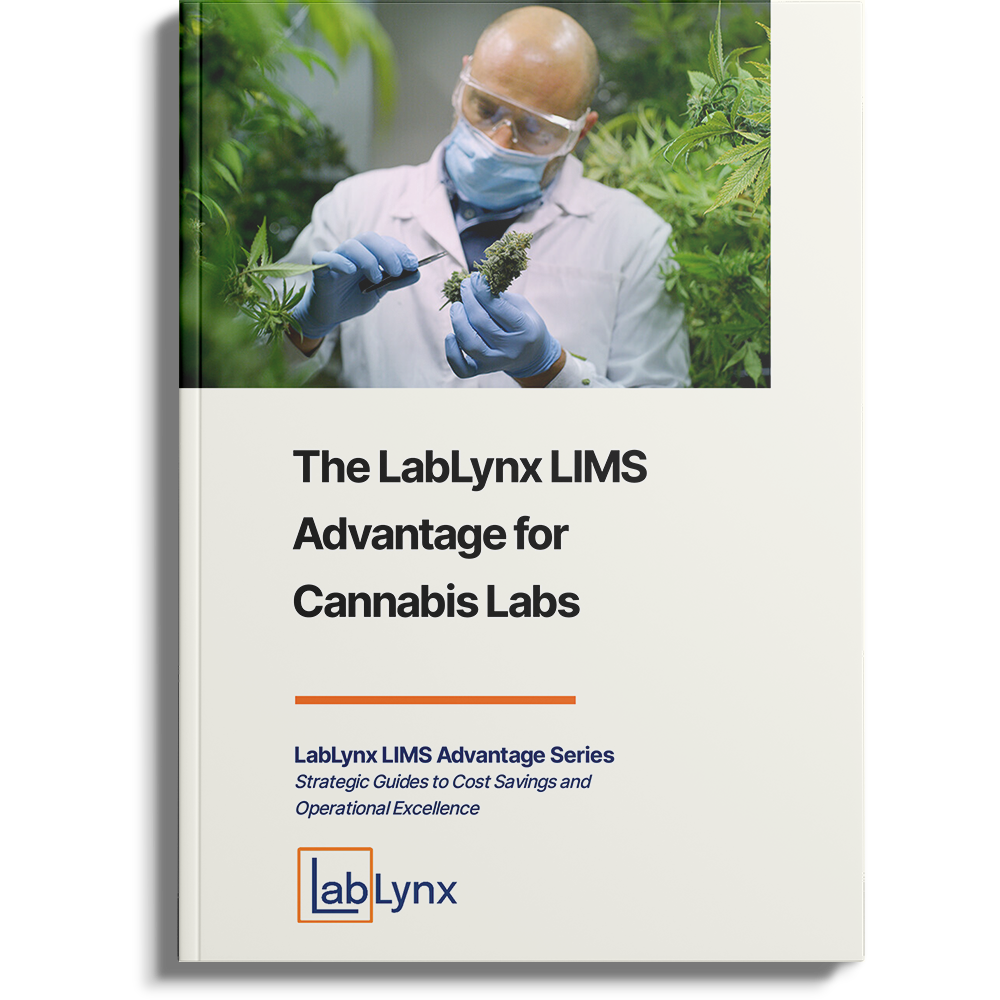
The U.S. Centers for Disease Control and Prevention (CDC) estimates that each year, food-borne illnesses sicken 48 million people (or 1 in 6), send 128,000 people to the hospital, and cause 3,000 fatalities in the United States alone.1 With these kinds of figures, it is evident that being ready for a recall or other potential catastrophe is crucial when a problem is identified.
Food testing labs are in the spotlight thanks to modern scientific studies into nutrition and the health and safety of our food supply. Food testing facilities have always been on the front lines of protecting the public’s health and food supply, detecting potentially hazardous substances, and informing of their existence such that affected food and beverage is no longer distributed. Food testing labs also play a crucial role in identifying the specific dangers and locating the source when there is a possible food-borne illness outbreak.
We rely on these labs to guarantee the security of our food supply chain at all points within the food distribution system, as well as at the source of the food (by examining water quality, soil conditions, pesticide residue, bacterial contamination, etc.). Food safety tests are carried out at food testing labs during recall campaigns to ensure, for instance, that all impacted goods are taken off shop shelves and restaurant menus.
These outbreaks can have disastrous consequences and implications for public health, but what notification systems exist for these scenarios? Does the public eye even consider these notifications before acting?
Increase in global food contamination and recalls
The Food and Drug Administration (FDA) issued stern warnings to consumers in early 2022 after numerous infants who had drunk particular types of newborn formula—possibly tainted with bacteria—became seriously ill or died. This sparked a months-long formula shortage, repeatedly making national news as stories of how it impacted infants and their families surged.
In response, the FDA then requested a review of its processes for regulating food. The investigations revealed delays in the agency’s response and increased the pressure for more testing facilities, better distribution of information, and a faster response time to dangers that threaten any part of the food supply chain.
Multiple recent instances of legislation have been related to food-related illnesses. For example, the U.S. Department of Agriculture (USDA) has made changes to mitigate Salmonella in poultry products.2 These changes aim to prevent chicken and turkey contaminated with bacteria from reaching consumers. Historically, these regulations have been implemented to protect consumer health and public safety. The recent increase in food product recalls are primarily attributed to the availability and advancement of technologies used to test food products. Numerous distinct class levels can be used in a recall when the USDA announces one. Bacterial contamination, contamination from other wastes, and cross-contamination with allergens are frequently the causes of recalls.
Public food safety alerts
A plethora of food safety-related incidents sprung up throughout 2022, including major recalls of common household products. One of the major incidences involved Cronobacter sakazakii illnesses connected to powdered infant formula made in the U.S. by Abbott Nutrition.3,4
In another example, a salmonella outbreak was investigated by the CDC. Before the outbreak was over, at least 726 people had been hospitalized, and at least two deaths were reported. The outbreak was traced to “backyard” poultry, most purchased from feed stores and flea markets. The CDC closed its investigation on November 10, 2022. Forty-nine states, the District of Columbia, and Puerto Rico together reported 1,230 cases of one of the outbreak strains. Associated illnesses began between February 12 and October 18.5
Importance of recalls and disseminating information to the public
Recalls of food products are a crucial tool for shielding the public from exposure to potentially dangerous goods. However, effectively carrying out a recall has inherent difficulties. The precise identification, swift removal, and proper disposal of possibly contaminated food products are logistically challenging. Significant legal, regulatory, financial, and reputational challenges must also be resolved.
The biggest issue, though, is convincing individual consumers to take a more active role in correctly identifying and throwing out or returning food goods that have made them ill or have the potential to make them ill after they have been marketed to the general public. However, it can’t be left completely to the consumer. Food businesses, retailers, government organizations, and consumer advocacy groups must also frequently engage consumers in novel and significant ways to persuade them to respond to a food recall.
Consumers are more likely to hear the warning and pay attention when there are big profile recalls. However, given how frequently recalls take place, it is logical that many of them go unnoticed by consumers. “Recall fatigue”—overexposure to recall notices and an oversaturation of information—can have detrimental effects on both customers and businesses, especially when the risk is great. Companies, however, can take measures to lessen the effects of recall fatigue by clearly and consistently addressing the issue through multiple channels in order to properly communicate these risks to consumers. An example could be working with entities such as Consumer Reports to disseminate safety alerts to users who sign up for the platform.
How to make food recall information a top priority
Increasing funding to spread awareness of food recalls could increase the number of consumers that observe these notifications and sway their behavior. This could occur through various avenues, including funding towards advertising the existing notification system through one or more consumer-oriented publications. These alerts could mitigate risks associated with the consumption of possible contaminated items by improving consumer notification methods and encouraging compliance.
The system for alerting the public of food recalls also has to be improved. Consumers should think about what they can do to help safeguard themselves and their families until improvements are made. The proactive consumer could:
- Ask the manager of the grocery stores they frequent how the store notifies customers of recalls. Download the U.S. Department of Health & Human Services’ (HHS’) free FoodKeeper app and consent to push notifications for recalls on their phone.
- View the HHS’ gov website, which displays the most recent recalls and public health alerts from the USDA and FDA.
- Follow FoodSafety.gov on its Facebook and Twitter
- Follow the @USDAFoodSafety and @FDArecalls Twitter accounts of the USDA and FDA, respectively.
Receiving real-time notifications is crucial for the health and safety of all consumers. However, if there are people in the house who have severe allergies, as well as children, pregnant women, older adults, or those whose immune systems have been damaged, immediate notification is critical. To remain informed about major product recalls, users can sign up for notification through the FDA to receive alerts when specific products are placed on major recalls in order to ensure they are up-to-date with the most accurate and safe information.
To assist you in determining whether you own a recalled food item, the USDA and FDA publish comprehensive information on the product. Their websites provide this information, which is also disseminated by the media. In order for customers to determine whether they own the impacted goods, the information frequently includes images of the products and labels, as well as specifics about the packaging, branding, SKU numbers, and labeling.
References
1 Office of Regulatory Affairs. (17 December 2022). Recalls, Market Withdrawals, & Safety Alerts. U.S. Food and Drug Administration. https://www.fda.gov/safety/recalls-market-withdrawals-safety-alerts
2 Center for Science in the Public Interest. CSPI welcomes the bold announcement by USDA to establish stronger standards for controlling Salmonella in poultry products. (1 August 2022). Center for Science in the Public Interest. https://www.cspinet.org/statement/cspi-welcomes-bold-announcement-usda-establish-stronger-standards-controlling-salmonella
3 Centers for Disease Control and Prevention. Parents and caregivers should not feed their baby recalled formula. (24 May 2022). Centers for Disease Control and Prevention. https://www.cdc.gov/cronobacter/outbreaks/infant-formula.html
4 Office of the Commissioner. (17 February 2022). FDA Warns Consumers Not to Use Certain Powdered Infant Formula Produced in Abbott Nutrition’s Facility in Sturgis, Michigan. U.S. Food and Drug Administration. https://www.fda.gov/news-events/press-announcements/fda-warns-consumers-not-use-certain-powdered-infant-formula-produced-abbott-nutritions-facility
5 Centers for Disease Control and Prevention. Salmonella Outbreaks Linked to Backyard Poultry. (10 November 2022). Centers for Disease Control and Prevention. https://www.cdc.gov/salmonella/backyardpoultry-06-22/details.html




